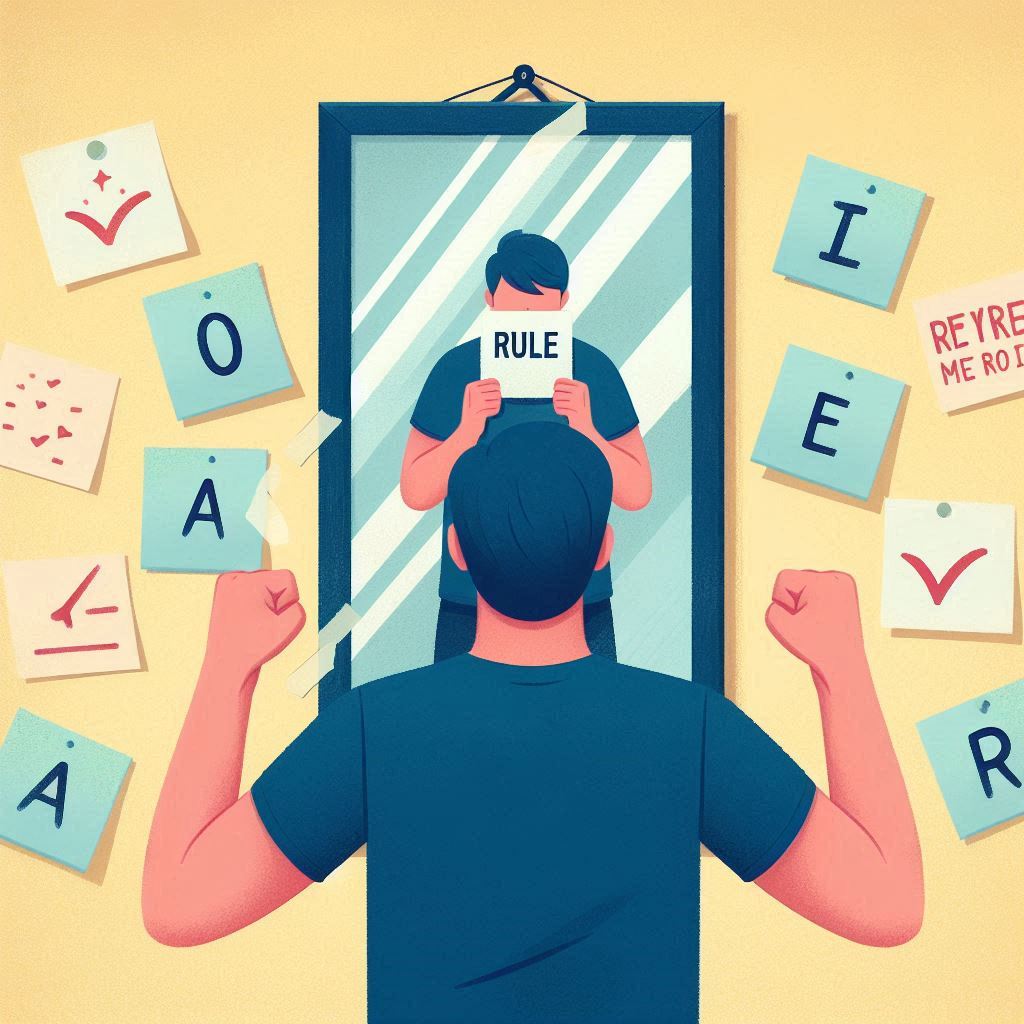- When Anxiety Hits: Use the 333 Rule as soon as you feel anxiety building up. Taking a few moments to focus on your surroundings and your senses can help ground you and create a sense of calm ([Psychology Today](https://www.psychologytoday.com/us/basics/anxiety)).- In Daily Practice: Incorporate the 333 Rule into your daily routine, even when you’re not feeling anxious. This regular practice helps build your ability to stay grounded, making it easier to use when you really need it ([Healthline](https://www.healthline.com/health/anxiety)).- Combine with Breathing: For an added boost, pair the 333 Rule with deep breathing exercises. As you identify your three things, take slow, deep breaths to further soothe your nervous system ([Mayo Clinic](https://www.mayoclinic.org/tests-procedures/deep-breathing-techniques/about/pac-20384780)).Personalize It to Fit You- Adjust as Needed: If you find that focusing on specific senses helps more, feel free to adjust the technique to suit your preferences. The goal is to discover what works best for you in calming your anxiety ([Verywell Mind](https://www.verywellmind.com/anxiety-disorder-symptoms-2797462)).- Get Creative: Don’t be afraid to get creative with how you use the 333 Rule. You might find new ways to engage your senses that work even better for you ([Mindful](https://www.mindful.org/what-is-mindfulness/)).Final ThoughtsThe 333 Rule is like having a personal anxiety-busting toolkit at your disposal. By tuning into your senses, you can quickly shift your focus and calm your mind, no matter where you are or what’s happening around you. Give it a try next time you feel anxiety creeping in—sometimes the simplest techniques hold the most power to help you find peace and regain control.References- American Psychological Association. (2020). Stress and anxiety. Retrieved from (https://www.apa.org/news/press/releases/stress/2020/stress-anxiety)- National Institute of Mental Health. (n.d.). Anxiety disorders. Retrieved from (https://www.nimh.nih.gov/health/topics/anxiety-disorders)- Journal of Anxiety Stress and Coping. (n.d.). Retrieved from (https://www.tandfonline.com/loi/gass20)- Psychology Today. (n.d.). Anxiety. Retrieved from (https://www.psychologytoday.com/us/basics/anxiety)- Healthline. (n.d.). Anxiety. Retrieved from (https://www.healthline.com/health/anxiety)- Mayo Clinic. (n.d.). Deep breathing techniques. Retrieved from (https://www.mayoclinic.org/tests-procedures/deep-breathing-techniques/about/pac-20384780)- Verywell Mind. (n.d.). Anxiety disorder symptoms. Retrieved from (https://www.verywellmind.com/anxiety-disorder-symptoms-2797462)- Mindful. (n.d.). What is mindfulness? Retrieved from (https://www.mindful.org/what-is-mindfulness/)Read more:
Can’t Move On? The Hidden Signs of Unresolved Trauma
🌱 Can’t Move On? The Hidden Signs of Unresolved TraumaHave you ever felt like you just can’t move forward, no matter how hard you try?
